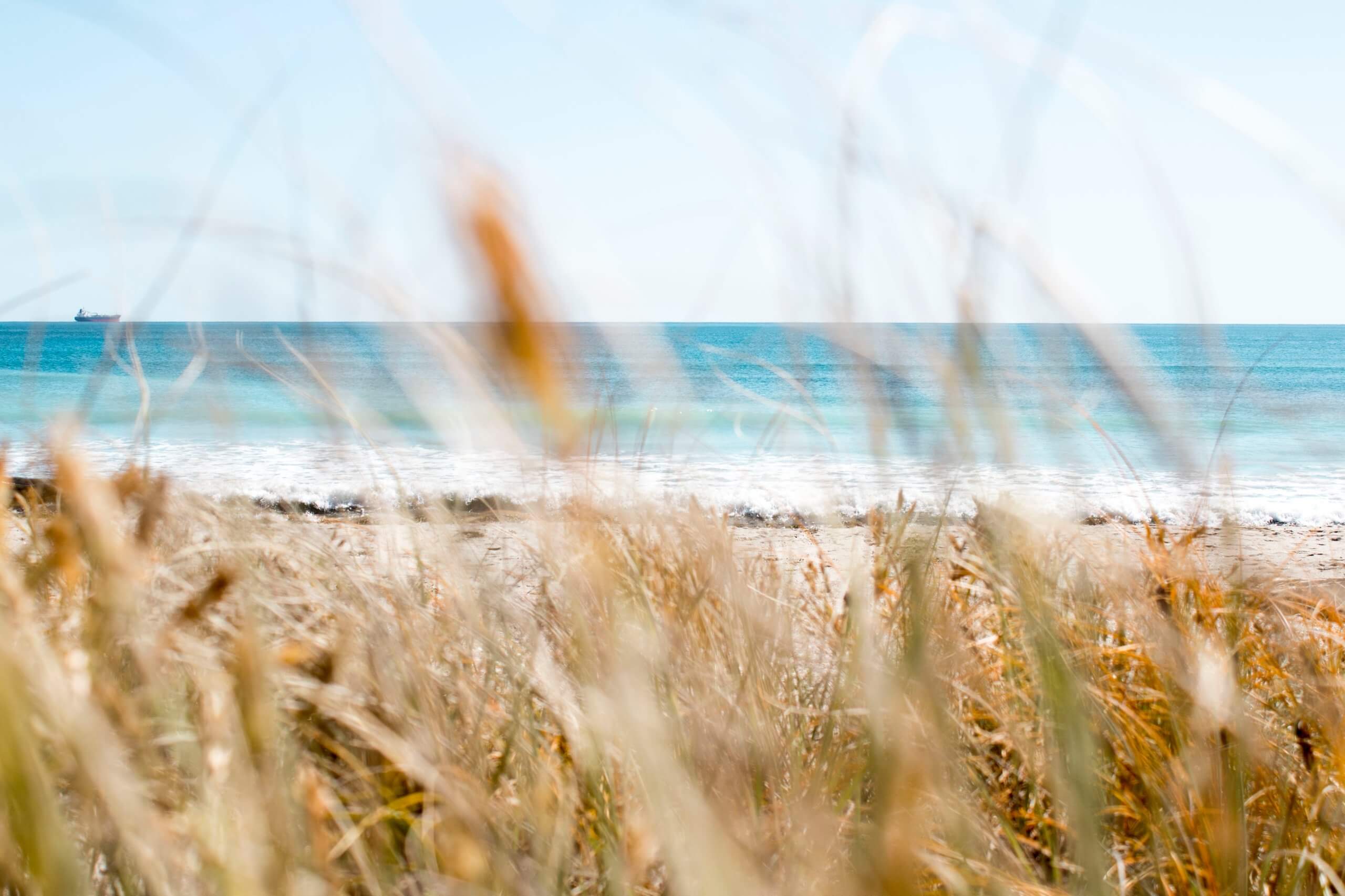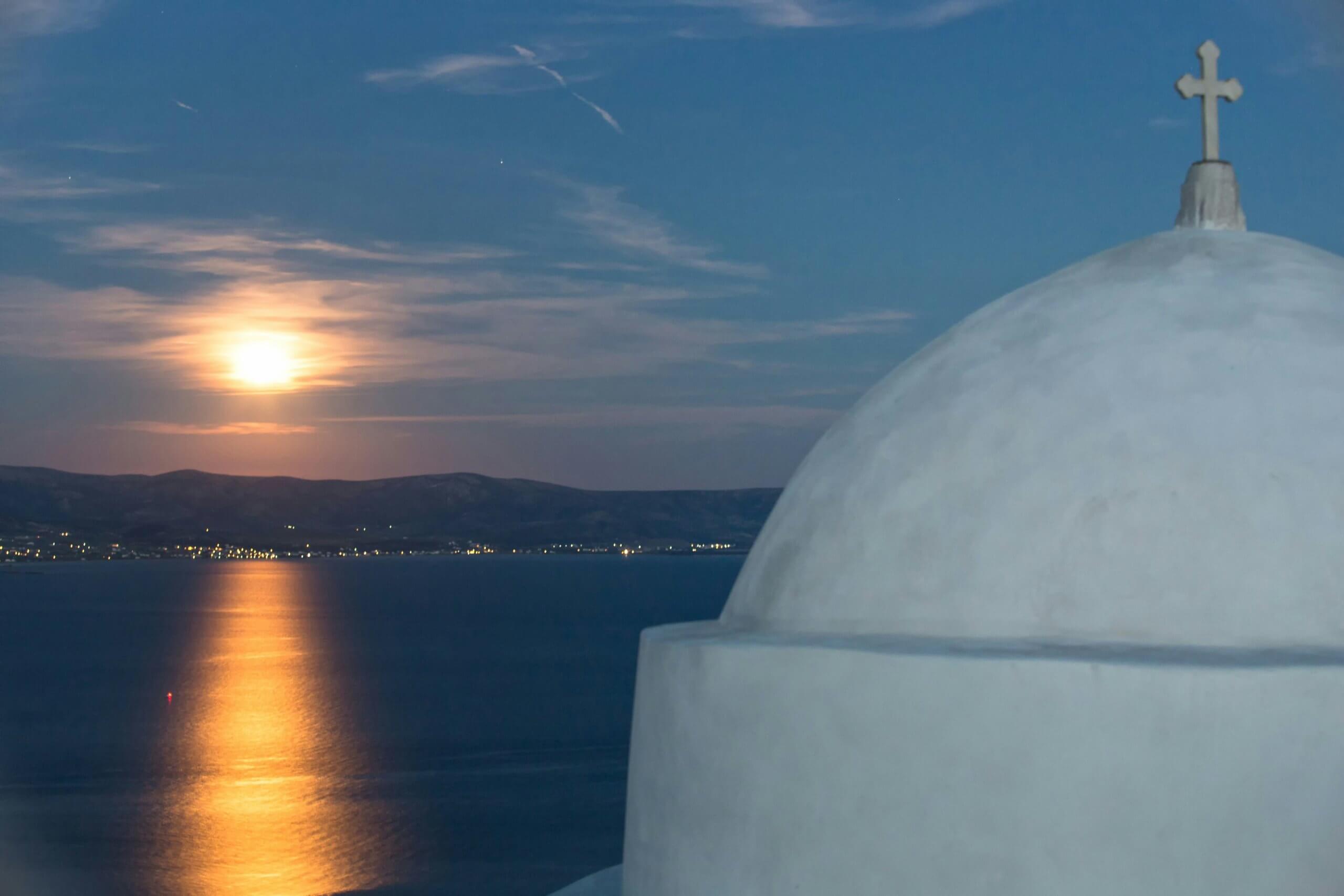Paros Island is not only a stunning destination with picturesque beaches and natural beauty, but it’s also a place rich in history and culture. From ancient Greek myths to contemporary art, Paros has a lot to offer. Let’s dive into the island’s past and uncover the fascinating history of Paros.
Paros has been inhabited since prehistoric times, and its strategic location in the Aegean Sea has attracted various civilizations, including the Mycenaeans, Minoans, and Persians. During the classical era, Paros was famous for its high-quality marble, which was used for sculptures and buildings, such as the Parthenon in Athens. In fact, the renowned statue of Venus de Milo was made of Parian marble.
The island was also the birthplace of the poet Archilochus, who was known for his satirical verses and his influence on later Greek poets. The island was also linked to the myth of Theseus and the Minotaur, as the hero sailed to Crete from Paros before embarking on his legendary adventure. In the Byzantine era, Paros became an important center of Christianity, and many churches and monasteries were built, including the Monastery of Logovarda and the Church of Ekatontapiliani, which is considered one of the most important early Christian monuments in Greece. The church’s name means “church with a hundred doors,” referring to the numerous entrances and rooms inside.
During the Venetian period, Paros was a prosperous trading center, and its harbor was an important stop for merchants sailing between Europe and the East. The Venetians left their mark on the island’s architecture, with elegant mansions and fortified towers still visible in the main towns of Parikia and Naoussa. Paros played an important role in the Greek War of Independence in the 19th century, and many locals participated in the struggle against the Ottoman Empire. The island was liberated in 1821, and Parikia became the capital of the Cyclades until 1832.
Today, Paros is not only a popular tourist destination but also a hub for contemporary art and culture. The island hosts the annual Paros Jazz Academy, which attracts jazz musicians from all over the world, as well as the international festival “Routes in Marpissa,” which celebrates traditional music and dance. Paros also boasts a thriving local food scene, with fresh seafood and traditional dishes like “revithada” (chickpea stew) and “pastitsio” (baked pasta with meat and béchamel sauce). The island’s rich history and culture are part of what makes it such a unique and inspiring destination. From the ancient marble quarries to the contemporary art scene, Paros has something for everyone. So why not visit and discover the island’s fascinating past for yourself?




